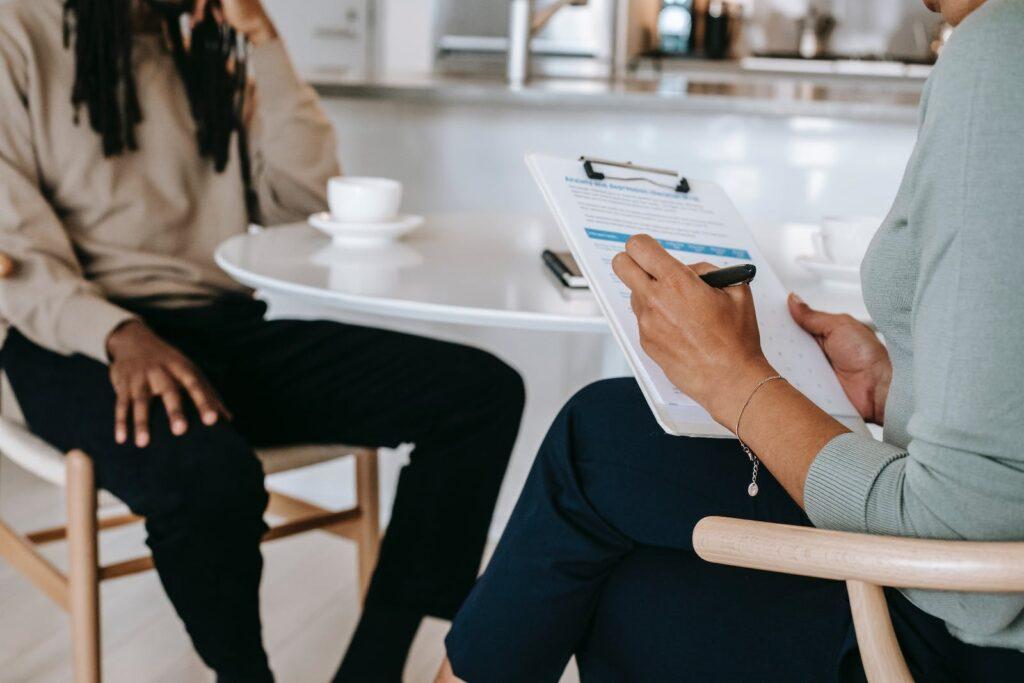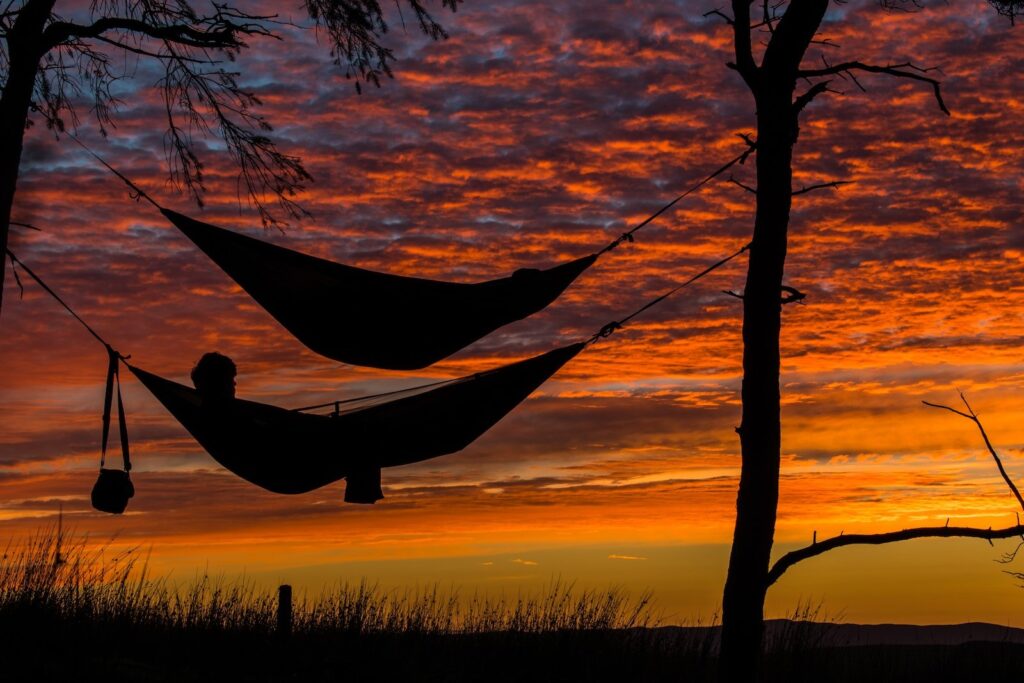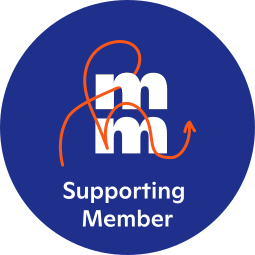Mindfulness is not some strange new thing that we have to learn. It is something that we are already doing. It doesn’t look the same for everyone, but the end result is the same — more self-awareness. A fun way to describe this to kids is to resort to tried and true potty humor. Social embarrassment is a big motivator for self-awareness. We’ve all felt that familiar tummy rumble that is the precursor to a bodily function that can be unsavory to the nose and ear yet nurturing to the funny bone. If we are sitting in a classroom with our peers, we will likely use that awareness to excuse ourselves and take care of ourselves in a socially acceptable way.
Mindfulness is often attached to eastern philosophies and practices that can sometimes feel strange or unfamiliar, but we don’t need to go to a meditation or yoga class to build our awareness. A great way to learn something new is by leveraging the things you are already doing and adding a little bit to that. By noticing the areas that we are already applying mindfulness, we can expand that into other areas of our life. Instead of fitting in one more thing into your day, try noticing when you are already doing it with a little more awareness.
- Using the 5 senses and body scans
- We are constantly getting information from our senses about what is happening in our internal and external environments. This regular flow of information is easy to tune out. By simply noticing the feedback, we strengthen our ability to utilize that information in our daily lives. For example, the weather is changing and it is getting a little colder outside. That moment when we notice that the room is cold and we decide to turn on the heater is an act of mindfulness. Next time that happens, bring that mundane action to the forefront of your mind. You can actually tell yourself that it is cold and you prefer it to be warmer. If you want to take it further, notice how being cold affects your thoughts, emotions, and muscle tension. This helps you practice the act of consciously responding to the feedback coming in through your senses. If you want to hone it further, practice by focusing on one sense with great intent. As you get better at that, start to experiment with noticing multiple sense at once.
- Notice the breath
- We cannot talk about mindfulness without addressing the breath. We breathe all day every day. The level of oxygen we bring in has a direct effect on how our body and mind function. A great way to practice this is by holding your breath as long as you can and notice what happens to your heart rate. Each state of mind or emotional state is connected to specific breathing patterns. Anxiety is often associated with quick deep breaths up in the chest area. This activates the fight or flight response. This is a helpful bodily response in moments of danger, but not helpful when we are safe. Since the body and mind are always giving each other feedback and responding to one another, we can interrupt the anxious response by taking deeper, more controlled, breaths into the belly. This is the type of breathing associated with the “Rest and digest” state of mind. Knowing how our body functions empowers us to have more control over our experiences and therefore quality of life.
We learn what we practice. Applying awareness to one area makes it easier to apply awareness to other areas. Start small to build that “muscle” and you will soon be able to apply more mindfulness to other areas of your life. The better you get at this, the easier it will be to regulate yourself in those difficult moments where we experience strong emotion. This will take the reactivity out of it and help you be the person you want to be. There are many roads to get to the top of the mountain and there are many benefits to having more awareness in our lives. Find the ways that work for you as you strive towards the life you want. It’s your life, you get to have some say in it.








